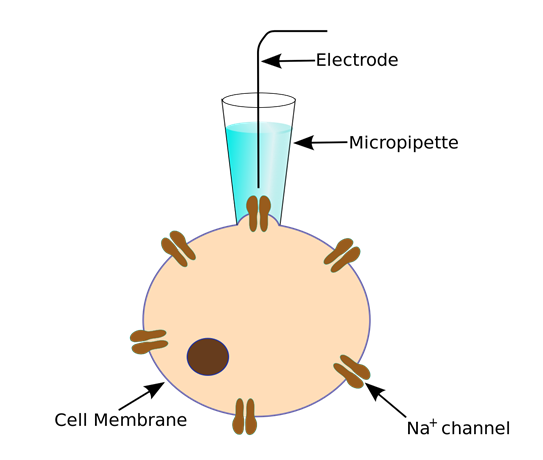Patch Clamp Whole Cell Tecnica
Whole-cell patch clamp can be used to characterize the maturation of neuronal cultures, both at the level of individual cells and at the network’s connectivity level. 53 Chapter 4 Patch clamp techniques for single channel and whole-cell recording DAVID OGDEN and PETER STANFIELD 1. Introduction The patch clamptechnique was first.
Compaq Cq45 207tu Drivers For Windows 7. • The voltage clamp is an experimental method used by to measure the through the of excitable cells, such as, while holding the membrane at a set level. A basic voltage clamp will iteratively measure the, and then change the membrane potential (voltage) to a desired value by adding the necessary current.
This 'clamps' the cell membrane at a desired constant voltage, allowing the voltage clamp to record what currents are delivered. Because the currents applied to the cell must be equal to (and opposite in to) the current going across the cell membrane at the set voltage, the recorded currents indicate how the cell reacts to changes in membrane potential. Cell membranes of excitable cells contain many different kinds of, some of which are. The voltage clamp allows the membrane voltage to be manipulated independently of the ionic currents, allowing the relationships of membrane channels to be studied. Contents • • • • • • • • • • History [ ] The concept of the voltage clamp is attributed to and in the spring of 1947. They inserted an internal electrode into the giant axon of a squid and began to apply a current. Cole discovered that it was possible to use two and a to keep the at a level set by the experimenter.

